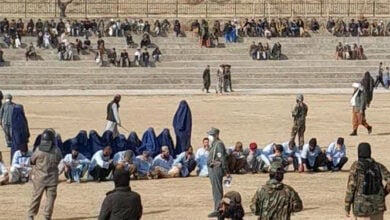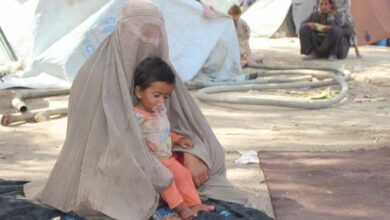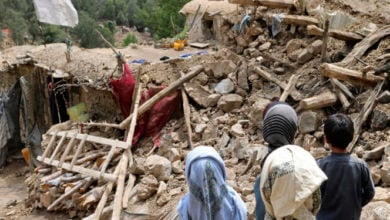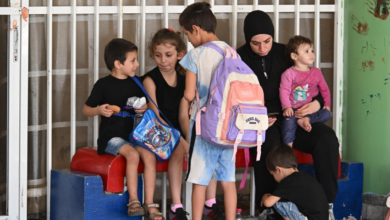Nearly 15 million Afghans face food insecurity this winter, UNICEF reports
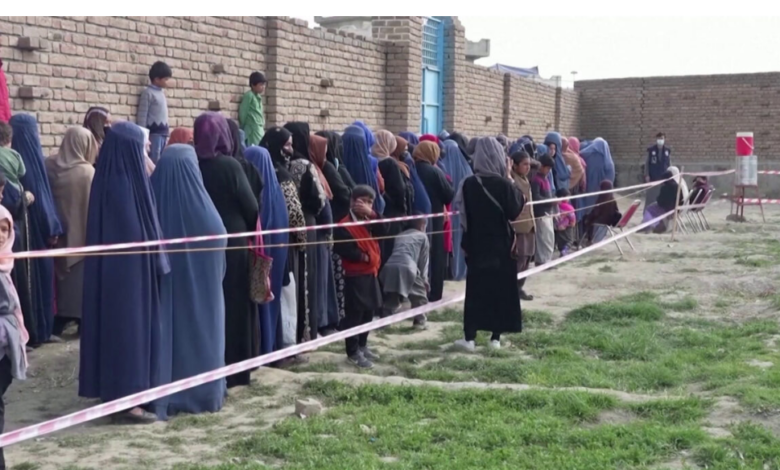
Food insecurity in Afghanistan is set to escalate, with 14.8 million people—approximately 32% of the population—projected to face critical shortages during the winter months. From November 2024 to March 2025, urgent humanitarian food assistance will be necessary due to a fragile economy, limited access to basic services, and the lasting impacts of 40 years of conflict.
The situation is further complicated by natural disasters, climate shocks, and political instability. The return of over 758,000 Afghan individuals from Pakistan since mid-September 2023 has intensified the humanitarian crisis. Aid efforts at border points are focused on health services, nutrition programs, and child protection.
Reports from the ground highlight the severe hardships faced by families. Many struggle to provide basic meals, with rising prices for essential goods exacerbating the situation. The World Food Programme warns that funding shortages will limit support to only 6 million people this winter, leaving millions without assistance.
According to UNICEF, Afghanistan remains the second-largest humanitarian crisis in the world, with more than half the population in need of aid. While conflict has subsided, the drivers of need have shifted toward economic hardship and climate-induced shocks, compounded by significant operational barriers for aid organizations.
As Afghanistan endures another harsh winter, the international community’s capacity to sustain vital aid programs is increasingly challenged, raising concerns about the long-term recovery of the nation.


